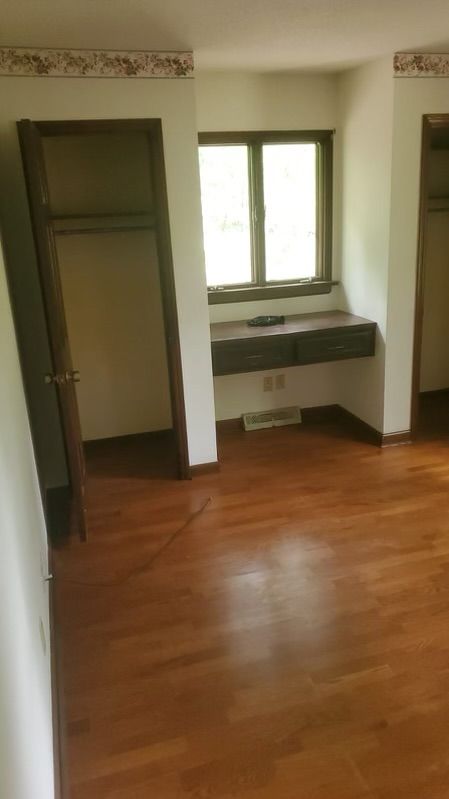
Linoleum floor take-up is sometimes necessary. Vinyl floors are an inexpensive alternative to other kinds of materials. And, it comes in a wide variety of styles. Vinyl is manufactured to look like wood, tile, mosaic, and more styles. Although vinyl floor covering provides many choices and it’s easy to clean, it doesn’t fare well against sharp objects or even pet claws. Plus, it’s delicate when it comes to fluctuating temperatures and moisture levels. So, read on to learn more about linoleum floor take-up and disposal.
Remodeling Debris Disposal
Like other types of engineered flooring, vinyl sheet or linoleum can be manufactured to look like wood flooring, stone flooring, or practically any other type of flooring material. Another big advantage to linoleum is that it is super easy to clean and maintain. However, though it’s got only a few negatives, like the fact that it is susceptible to damage from sharp objects. (Which is one reason linoleum floor take-up might be necessary.)
One of the most frustrating home remodeling tasks is trying to remove an old linoleum or vinyl floor. Even when the linoleum is pulled off, things only get worse. Now you’re faced with gobs of old glue that seem harder than meteorites all over the floor. –ImproveNet
One of its most problematic attributes is the fact that vinyl sheeting does not typically age well. It generally becomes brittle over time (and usually discolors, as well). Which means it’s harder to take up off the subfloor because brittle linoleum will break into small pieces, making it more difficult to remove as a whole.
Linoleum Floor Take-Up
The good news is, even linoleum floor take-up can be pulled up without damaging the hardwood. However, it’s not uncommon for the glue to damage wood floors, either. Here’s what you need for a linoleum take-up job:
- Test it for asbestos. It’s of utmost importance to first confirm it’s safe to proceed. Which means you need to test for asbestos to ensure that it’s safe to take up on your own or it requires a professional service.
- Pull up a corner. Much like removing carpet from a space, you need to start in a corner for linoleum floor take-up. This is where it’s easiest to grab hold of the vinyl to pull up. If one corner is too difficult, just try another. Use pliers or another tool to grab a corner and begin to pull it away from the subfloor. But, do this will caution so you don’t damage the subfloor.
- Pull the flooring up. Carefully pull at the other corners and then take up as much as you can carefully. Watch for signs of subfloor damage as you go.
- Remove the adhesive. There are plenty of adhesive removers available, but these can soak into the hardwood and damage it permanently. Try using steam or even boiling water to loosen the adhesive. Then, use a floor scraper to remove any remnants of the glue.
When it’s time for remodeling debris removal in Englewood, just phone 800-433-1094 or visit AAA Rousse Services.

